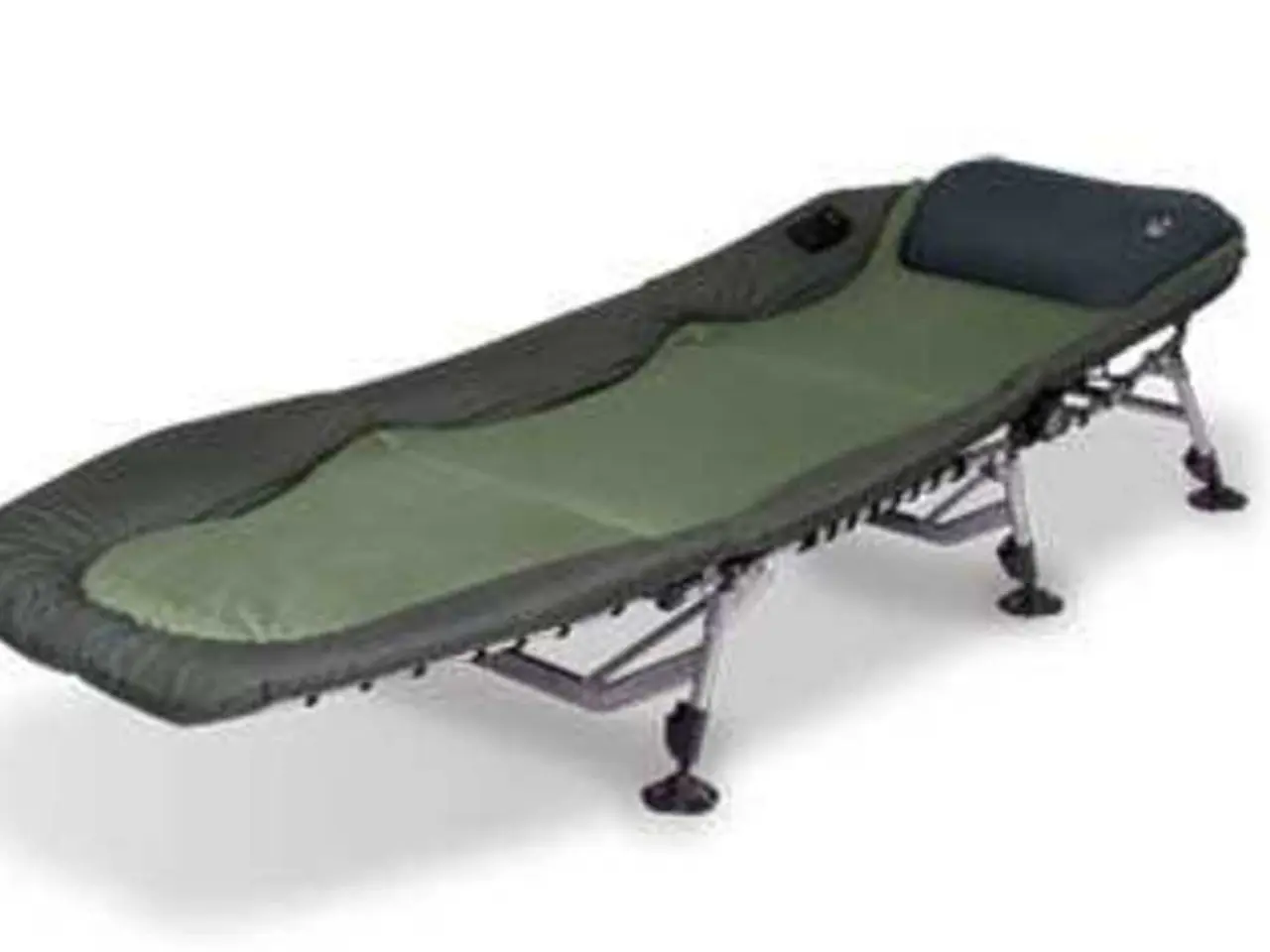Trainer reveals her go-to stretches for maintaining robust and joyful hips
In today's sedentary lifestyle, maintaining hip mobility has become more important than ever. Sitting for long hours can lead to tightness in the hip flexors, a muscle group located at the front of the hips, and over time, this can cause discomfort and limit movement.
Fortunately, there are several effective exercises and stretches that can help improve hip mobility, flexibility, and posture. These exercises are particularly beneficial for activities like deadlifts and lunges, where hip mobility plays a crucial role.
One such exercise is the Pigeon pose, a yoga pose that does not require any equipment. To perform the Pigeon pose, start in a prone position, bring the left leg forward to a 90° angle, extend the right leg behind, and either sit upright or bend the torso over the front leg to deepen the stretch. This pose can be adjusted to suit one's flexibility. It is recommended to hold the pose for 10-15 seconds on each side.
Another beneficial exercise is the deep lunge, a hip-mobilizing exercise that involves standing upright, taking a large step forward with one foot, dropping the back knee to the floor, leaning forward as far as possible into the front leg, holding the position, then pushing back up and repeating, switching legs. This exercise is performed with 3 sets and a holding time of 5-10 seconds per side.
In addition to these exercises, static stretches like the Butterfly Stretch, Figure Four Stretch, and Straddle Forward Fold can help keep hip flexors flexible. Dynamic stretches and mobility exercises such as hip openers, Frogger Rockbacks, runner’s lunges with glute activation, and alternating lateral lunges can also contribute to improving hip flexibility and stability.
Strength and stability exercises like marching glute bridges and sumo squats are also important for hip mobility. They help activate the glutes and support posture, which can further reduce back pain.
It's essential to remember that improving hip mobility requires not only flexibility but also active strength and control around the hip joint. Consistency in performing a variety of these stretches and exercises, adjusted for individual ability, is crucial for long-term mobility gains. Adding deep breathing and controlled movement enhances effectiveness and relaxation during stretches.
Incorporating both static holds (20–30 seconds) and dynamic movements as part of warm-ups or regular routines optimizes hip function. By following this comprehensive approach, you can improve your performance in compound lifts like deadlifts and lunges, reduce compensation patterns that strain the lower back, and subsequently decrease back pain.
In summary, a balanced routine combining static hip stretches, dynamic mobility drills, and strengthening movements improves hip flexibility, posture, and performance while helping reduce back pain related to tight or weak hips. Incorporate these exercises into your routine and enjoy the benefits of improved mobility and performance.
Engaging in a range of exercises and stretches focused on health-and-wellness can significantly improve hip mobility and flexibility, which are crucial for activities like sports, fitness-and-exercise, and certain physical tasks such as deadlifts and lunges. Regularly practicing exercises like the Pigeon pose, deep lunge, and dynamic stretches can help keep hip flexors flexible and maintain a healthy posture, reducing discomfort and limiting movement associated with a sedentary lifestyle.




